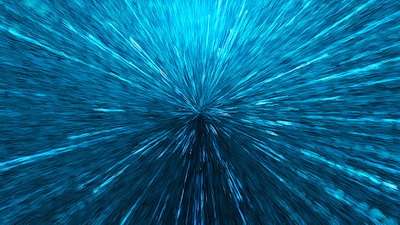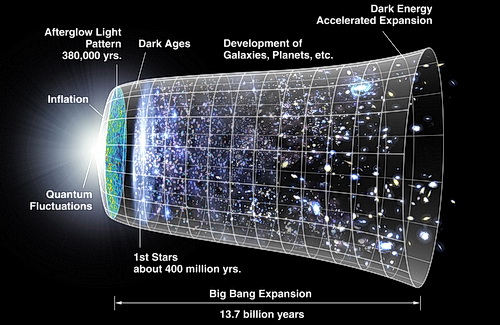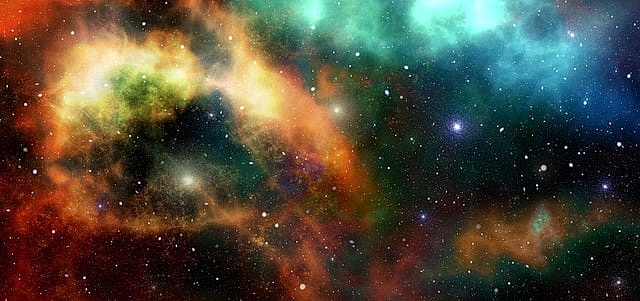
No, we’re not talking about the TV show. We are talking about the real thing. A phenomenon that has baffled scientists and astronomers for millenniums.
Bang Zoom!
It’s the Big Bang that has originated as a pinpoint (yes that small!) of intensely hot, immensely dense energy that appeared out of apparently nowhere.
It’s the Little Things
If we may steal an excerpt from the bible – “In the beginning, God created the heavens and the Earth”. Now allow us to extrapolate this scientifically to mean that there existed an incomprehensively immeasurable point that at some point in time (we say time here as a reference, but it didn’t exist yet), this immensely tiny entity planted the seed of what we call the universe.
And the Single Things
The origin of the Big Bang is where this tiny region, called a singularity, is where the density of matter, or more technically described as the curvature of spacetime, becomes infinite.
Confused? You’re not alone, so let’s try defining it another way. A singularity represents the phenomenon that the pull of gravity becomes so strong that nothing, not even light, can escape it.
Still confused? How about this explanation? A singularity is where all matter and energy are concentrated into one single point thanks to the force of gravity.
We have seen this occurrence with the existence of black holes.

Be Cool
As this hot area began to cool down, the first photons, namely, quarks and leptons condensed out of the fizzing vacuum, like a mist on a cold window to form a quark-gluon plasma sea. (For an illustration of how small these entities are, visit The Scale of the Universe and keep cruising down through the world of the micro-universe, until you reach quarks, 10-18 meters in size).
Time Has Arrived But Atom is Nowhere to Be Found
After one-millionth of a second, the quarks combined into hadrons, primarily protons, and neutrons, while vast amounts of matter and antimatter wiped each other out, leaving only a billionth of the original material, along with vast quantities of gamma rays. About a second after the birth of the universe, its temperature dropped enough to crystallize whizzing neutrinos from the photons.
Nucleosynthesis started to materialize, with protons and neutrons joining to form the nuclei of helium, deuterium, and lithium.
Minutes later, matter consisted simply of three parts hydrogen to one part helium. The universe was expanding incredibly fast, and after a few hours, there was no longer the density of neutrons to allow any heavier nuclei to form.
Fast Forward a Few Thousand Years
When the universe was an estimated 377,000 years old, it finally became cool enough for electrons to settle into orbits around atomic nuclei.
For the next 100 million years everything remained dark as the vast ionized clouds of hydrogen and helium expanded. Eventually, however, the photons were set free from the plasma, and the infant universe was unveiled in all its glory.
Any Body Home?

The first bodies to emerge from the chaos of the early universe were quasars. The most powerful and luminous objects in the universe, early active galaxies, built around young supermassive black holes, forming slight inconsistencies in the otherwise uniform expansion of the universe.
Soon after, inside and outside of these protogalaxies, Nebulas which are large clouds of the ingredients of hydrogen and helium create stars and planets that start to explode into life. After they exploded, they seeded newly minted elements into the mix.
And the Cycle of Life Begins
For the next 500,000 years, until the universe’s first billionth birthday, quasars and early stars hatched, lived, died, and were recycling earlier generations and pouring out intense radiation that re-ionized their surroundings. Ninety-nine percent of all matter in the universe remains in the form of fizzy ionized plasma from this time.
